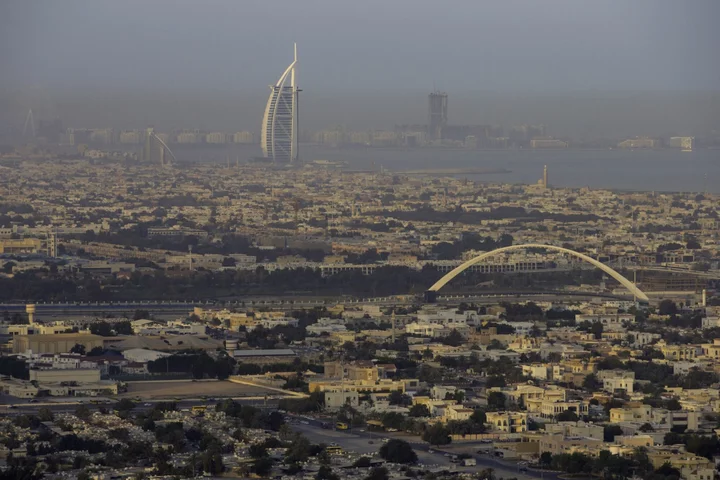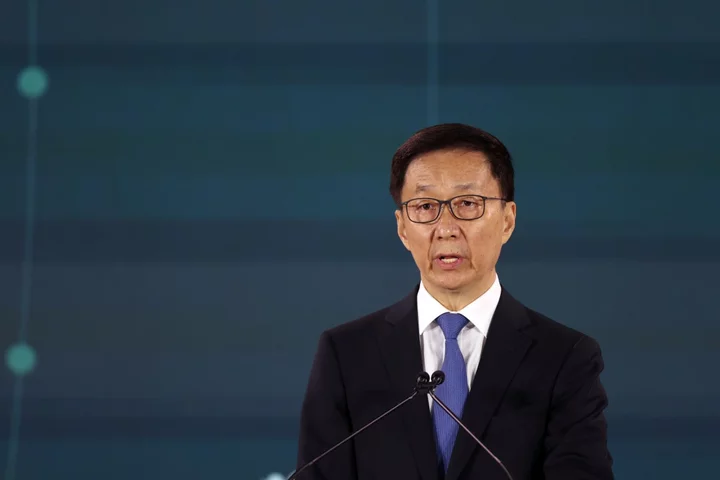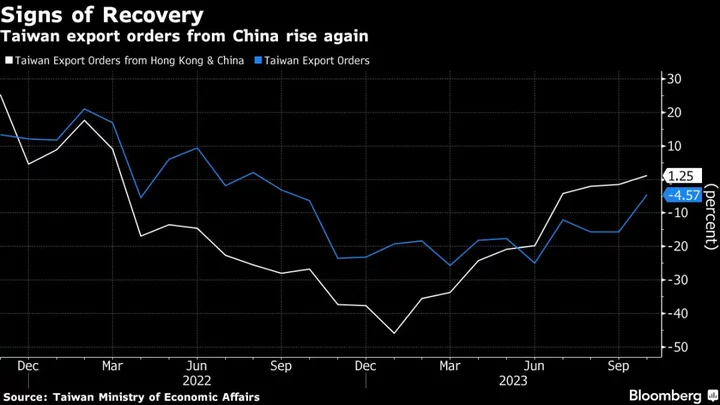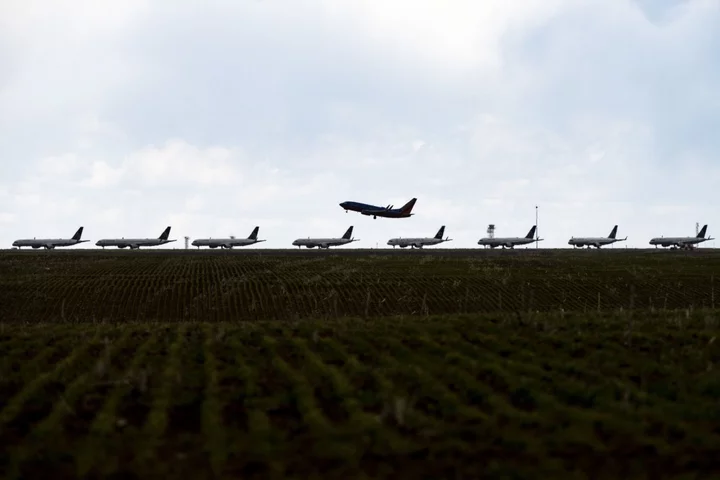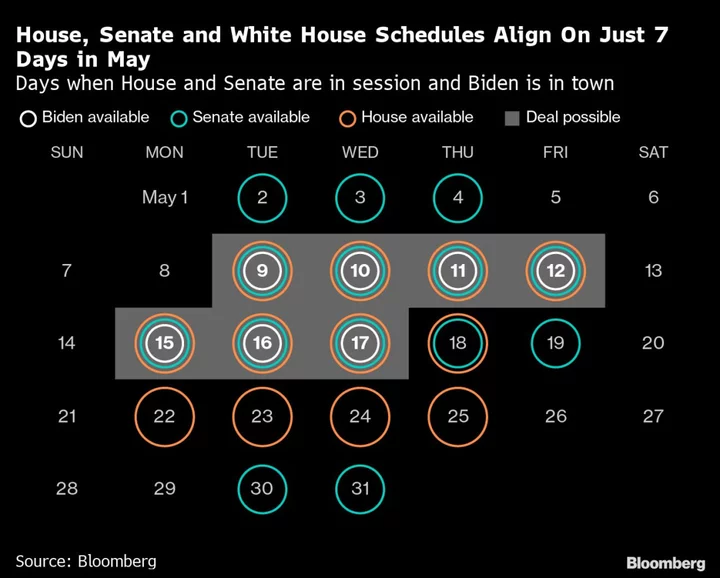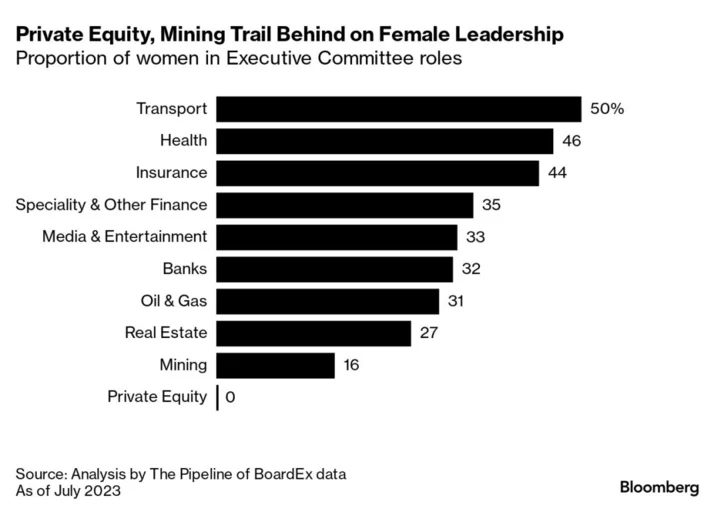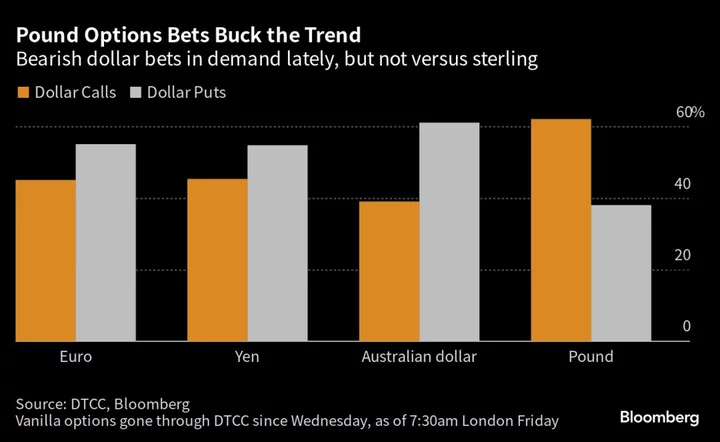A rally in Dubai’s residential property market that lifted prices for luxury developments in prime districts to record highs is starting to spread to the city’s periphery.
The metropolis, whose most popular neighborhoods run parallel to the shores of the Persian Gulf, is now seeing rising demand for homes in districts stretching eastward into the desert. Transactions in some areas of secondary locations like Silicon Oasis and Sports City — that had remained more affordable — have hit record highs, according to real estate valuation and research firm ValuStrat.
“Affordability is the main driver as everything is becoming more expensive,” said Haider Tuaima, director and head of real estate research at the Dubai-based firm. “Investors are now paying more for less space than they would have three years ago.”
Dubai’s real estate rebound comes after a seven year slump and has been fueled by an influx of newcomers — from crypto millionaires and bankers relocating from Asia to wealthy Russians seeking to shield assets.
Read More: Ultra-Wealthy Continue to Prop Up Dubai’s Luxury Property Market
That recovery continued into July, when apartments, which make up about 85% of the city’s housing supply, saw an average 9% increase in values from a year earlier — the biggest gains on record.
On average, home prices rose 2% from the previous month. Gains for single-family-homes, known locally as villas, outpaced that increase, though the overall rise in apartment prices helped push prices up in secondary locations, according to ValuStrat.
Affordable Locations
The strength of the Dubai market’s recovery stands in marked contrast with markets in across the world where high interest rates are dampening transactions. Cash buyers make up the vast majority of transactions in the emirate, helping buoy buyout the market, ValuStrat’s Tuaima said.
Still, the recovery has so far been uneven. For instance, while a 1.7% increase in apartment values in the Remraam district took annual gains to 2.9%, that pales in comparison to the annual 17.9% increase for apartments on the man-made island of Palm Jumeirah.
Until last quarter, some districts continued to lag with marginal or no growth in values or rents, Tuaima said, due partly to excess supply, especially for apartments. But that’s now changing, given the momentum of residents moving into more affordable locations, he said.
“While supply will continue to increase, we’ve started to see demand shift in the past few months to more affordable areas with many choosing to downsize,” he added. ValuStrat estimates Dubai will add around 100,000 homes in the next three years, although supply will be staggered.
Meanwhile, rents are continuing to moderate.
On average, residential rents rose 22% in the year through July compared with a 22.8% increase the previous month. That puts the average annual figure for a single family home at 319,994 dirhams ($87,120) and 105,691 dirhams for an apartment, real estate adviser CBRE Group Inc. said.

